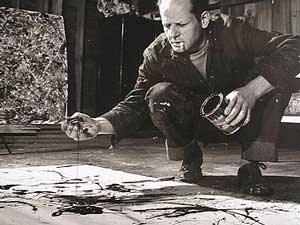In the June 2013 issue of Harper’s, columnist Thomas Frank approaches this question from a refreshing angle: it turns out we’re pretty confident that you can teach creativity, for just think of how many books have been published to cash in our insecurity that we’re not creative enough. They come with titles that entice us with their simplicity, like Jonah Lehrer’s recent Imagine: How Creativity Works, Austin Kleon’s Steal Like an Artist: 10 Things Nobody Told You About Being Creative, and–my personal favorite–James Webb Young’s A Technique for Producing Ideas: The simple, five-step formula anyone can use to be more creative in business and in life!
But here is the disturbing truth Frank stumbles upon: for books claiming they’ll flex your right-lobe with their stories of managerial novelty and artistic ingenuity, they certainly all sound pretty similar. From Bob Dylan’s songwriting breakthrough to the invention of the Post-it note, “every book,” Frank says, rehearses “the same shopworn anecdotes and the same canonical heroes.”
“Those who urge us to ‘think different,'” he finds, “almost never do so themselves.”
And yet it’s true that digital media have unleashed our appetite for creative applications of technology on a scale never before seen. It’s my gut feeling that as a whole, our culture is probably more aware of what counts for good design than in the past, simply by virtue of how often we have to interact with it. That said, it’s no surprise we’re snatching up books promising to reveal how we can beat everybody else to the next big idea and cash in on it.
And yet as Frank points out, this means our notion of creativity must be pretty deprived. If we really valued creativity, wouldn’t we fight harder for music and arts programs for today’s students? Would our symphonies be bankrupt and our museums selling off their collections? My personal belief is that you can teach creativity, but not in 10 simple steps or through trotting out the same bland stories of commercial success. You teach creativity through immersion in the unfamiliar, through conversation and critique with others, through lots of practice, and revision of your own ideas.
In short, you can teach creativity by teaching it to yourself. The pianist James Rhodes says as much in his piece, “Find what you love and let it kill you,” in which he urges us who truly want a creative path for ourselves to discover our dream, take whatever risk necessary in realizing it, and never give ourselves a break. I think he’s right. You’ll learn more along that sort of journey than any New York Times bestseller could teach you.

